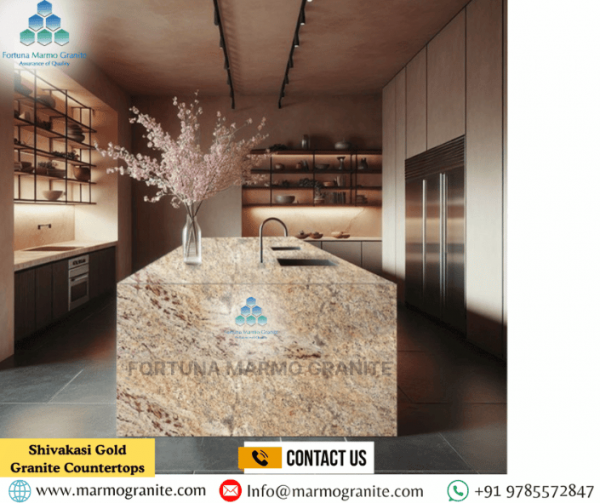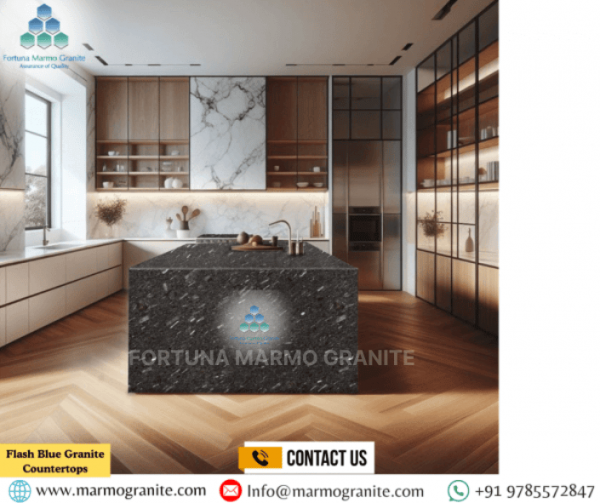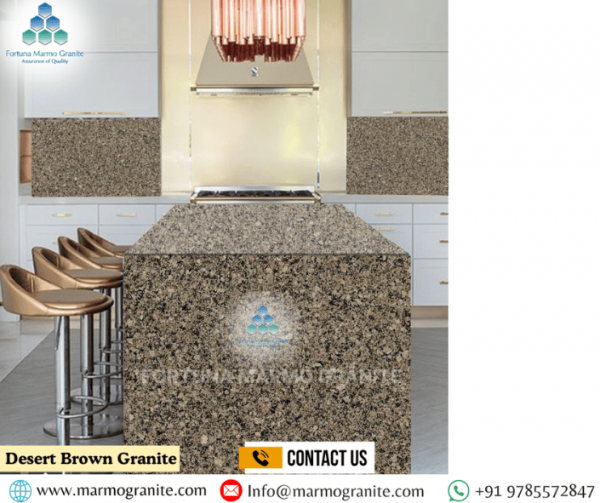Granite Countertops Made Easy: Everything You Need to Know
Granite Countertops Made Easy Granite countertops have remained a leading choice among homeowners, interior designers, and professional builders for decades—and for good reason. Additionally, Not only are these surfaces celebrated for their exceptional durability and strength, but they also offer a natural aesthetic appeal and a luxurious finish that enhances the visual character of any space. Yet, Whether used in kitchens, bathrooms, or commercial workspaces, granite provides a distinctive blend of sophistication and resilience, making it a wise long-term investment. Furthermore, each slab is unique, featuring intricate patterns and rich, earthy tones formed over millions of years through geological processes, giving every countertop a one-of-a-kind appearance.
In addition, granite is highly resistant to heat, scratches, and stains when properly sealed, making it ideal for high-traffic areas and demanding environments. However, to get the most from this remarkable stone, it is essential to understand every aspect of the process—from choosing the right color and finish to the specifics of installation and long-term care. Moreover, This comprehensive guide will walk you through everything you need to know about granite countertops, including the key benefits that set them apart from other materials, typical costs, maintenance tips to keep surfaces pristine for years, and what to expect during installation. In addition, By following this advice, you'll be well-prepared to make an informed and confident decision while bringing the timeless beauty of granite into your space.
Why Choose Granite for Countertops?
Exceptional Durability- Moreover, Granite is scratch-resistant, heat-resistant, and nearly impervious to daily wear and tear. For example, it can handle hot pans, sharp knives, and heavy appliances with minimal risk of damage. As a result, granite is ideal for busy kitchens and high-traffic areas.
Timeless Beauty- In addition, The rich natural patterns and vibrant colors in granite provide a sophisticated look that never goes out of style. Whether you want a bold statement or a neutral base, you can find a granite slab to suit every taste. Moreover, its enduring elegance ensures that your investment continues to enhance your space for years to come.
Adds Property Value- Yet, Granite countertops are often seen as a luxury upgrade by homebuyers and renters. Consequently, they make homes more desirable and can potentially increase resale value.
Easy to Maintain- In addition, granite is low-maintenance. In contrast, With proper sealing, it resists stains and bacteria. Simply cleaning with mild soap and water usually keeps the surface looking pristine.
Popular Granite Colors and Styles
Granite slabs come in hundreds of color combinations and veining patterns. Some of the most popular granite varieties include:
- Black Galaxy Granite – Deep black background with golden flecks.
- River White Granite – Soft white base with gray and burgundy veins.
- Tan Brown Granite – Dark brown with black and lighter brown specks.
- Ubatuba Granite – Rich green-black surface with gold and green flecks.
- Santa Cecilia Granite – Creamy background with gold, gray, and burgundy highlights.
Each variety can be polished for a glossy finish, honed for a matte look, or leathered for a textured surface, allowing for even more customization.
Where to Use Granite Countertops
- Kitchen Countertops
Moreover, This is the most popular use for granite. It stands up to heat, knife marks, and heavy cookware. The aesthetic impact is also unmatched.
- Bathroom Vanities
Additionally, Granite adds elegance to bathroom spaces and is resistant to moisture and makeup spills when sealed properly.
- Outdoor Kitchens
Consequently, Granite's natural resistance to UV rays and temperature changes makes it an ideal material for patios and grill stations.
- Bar Tops and Islands
For instance, Granite's sleek appearance enhances the design of entertainment areas and creates an inviting atmosphere.
Granite Countertop Installation Process
Step 1: Selection and Measurement
Moreover, After choosing the granite slab that fits your style, professionals visit your home to take precise measurements of the area.
Step 2: Templating
In addition, Templating involves creating a pattern or outline of your countertop space to ensure perfect cuts for sinks, cooktops, and backsplashes.
Step 3: Fabrication
In contrast, The slab is cut, edged, and polished at a fabrication facility. Edges can be shaped into styles like beveled, bullnose, ogee, or waterfall.
Step 4: Installation
Consequently, Installers transport the slab and secure it in place. They will also apply sealant, attach sinks, and ensure everything is level. Installation typically takes a few hours to a full day, depending on the size and complexity of the project.
Cost of Granite Countertops
Granite countertop prices vary based on factors like color rarity, origin, thickness, and installation requirements. Here's a rough estimate:
- Basic Granite: $40–$60 per square foot (including installation)
- Mid-range Granite: $60–$100 per square foot
- High-end Granite: $100–$200+ per square foot
Additional costs may include custom edges, cutouts for sinks, and backsplashes. While granite may have a higher upfront cost than synthetic materials, its longevity makes it a smart long-term investment.
Pros and Cons of Granite Countertops
Pros:
- Natural beauty and uniqueness
- Long-lasting and hard-wearing
- Resistant to heat, scratches, and stains (when sealed)
- Increases property value
- Available in a wide range of colors and patterns
Cons:
- Requires periodic sealing
- Can be expensive compared to laminate or tile
- Heavy – may require additional cabinet support
- Natural fissures may appear as cracks (though not structurally problematic)
Granite vs. Quartz: Which One to Choose?
| Feature | Granite | Quartz |
|---|---|---|
| Material | Natural stone | Engineered stone (natural + resin) |
| Look | Unique, varied patterns | Uniform appearance |
| Durability | Very durable, needs sealing | Very durable, non-porous |
| Maintenance | Needs occasional sealing | Low maintenance |
| Cost | Generally less expensive | Slightly more costly |
How to Choose the Right Granite Slab
Here are tips to help you select the perfect granite slab:
- View in Person: Moreover, Always inspect full slabs under natural lighting.
- Check for Consistency: In addition, Make sure veining and color patterns align with your vision.
- Consider Lighting: Yet, Dark colors look dramatic in bright spaces; lighter granite brightens smaller or darker rooms.
- Test with Samples: In contrast, Place samples in your kitchen to see how they interact with cabinetry, flooring, and lighting.
Conclusion
Frequently Asked Questions (FAQs)
2. Can I cut directly on granite?
While granite resists scratches, using a cutting board is recommended to protect your knives and maintain a polished look.
3. Is granite safe for food prep?
Sealed granite is non-porous and safe for direct food contact. Always reseal when needed to prevent bacterial absorption.
4. What if my granite countertop chips or cracks?
Small chips can be filled with epoxy or resin by a professional. Cracks from impact may need slab replacement, but this is rare.




